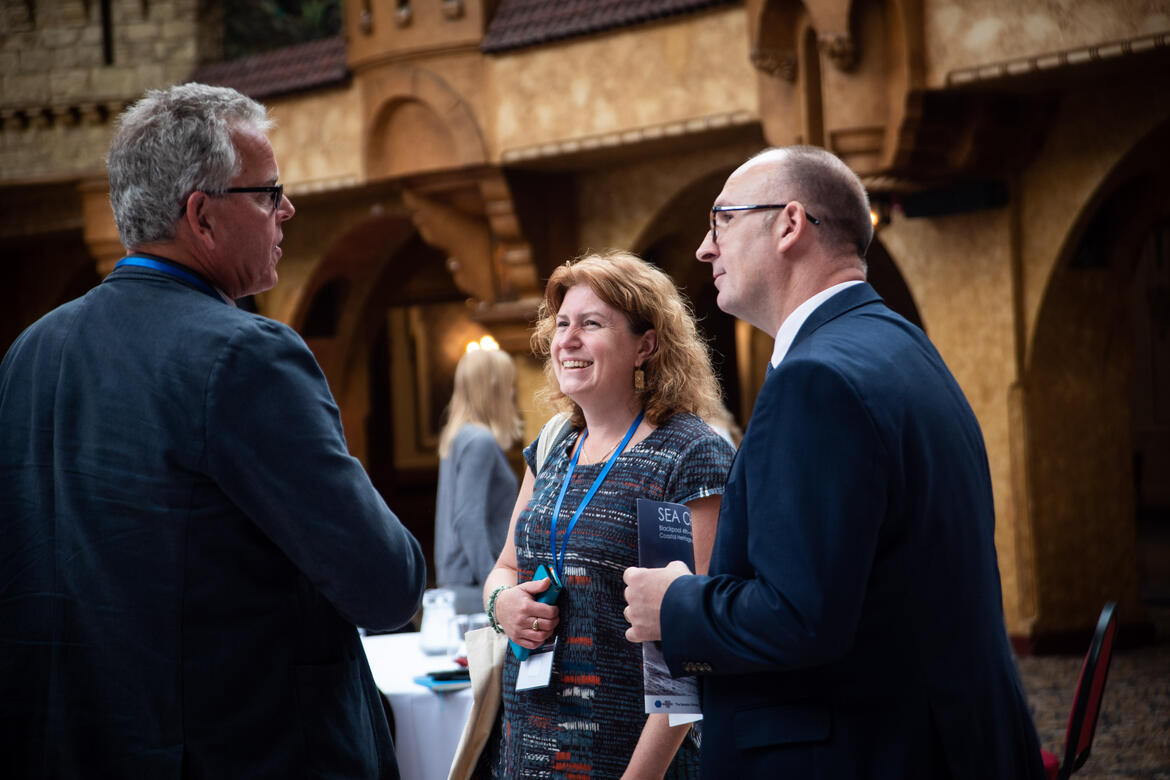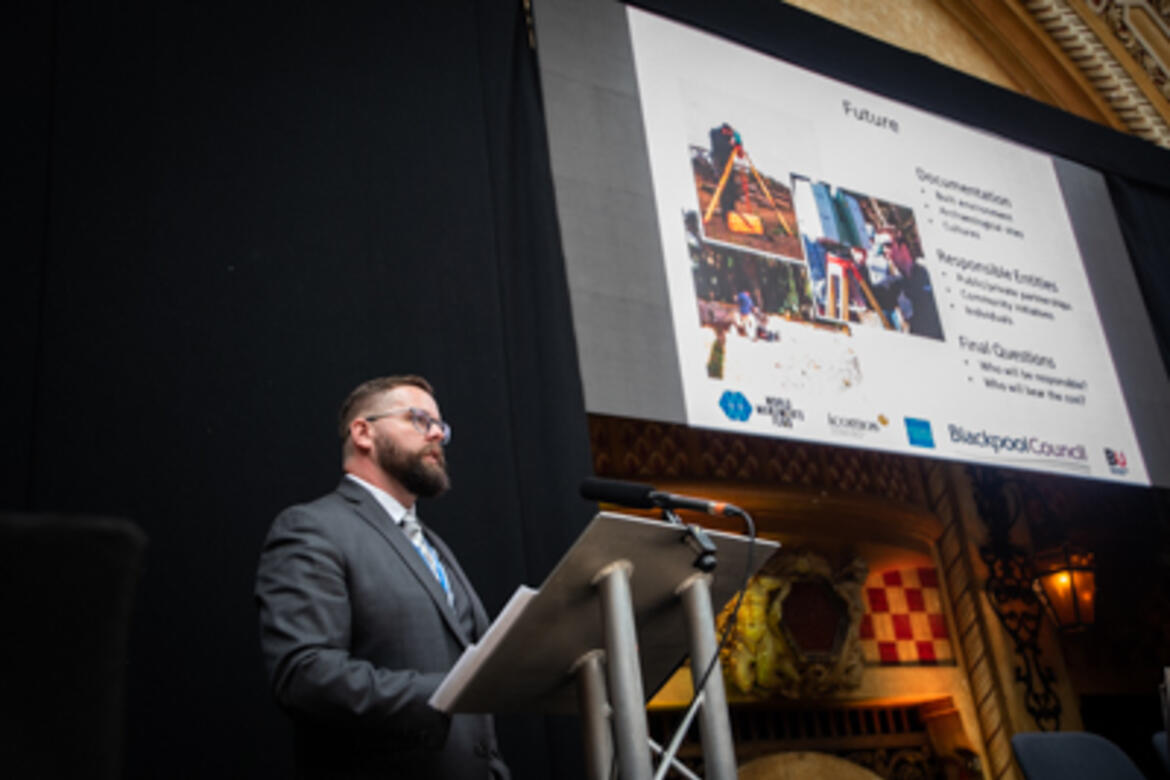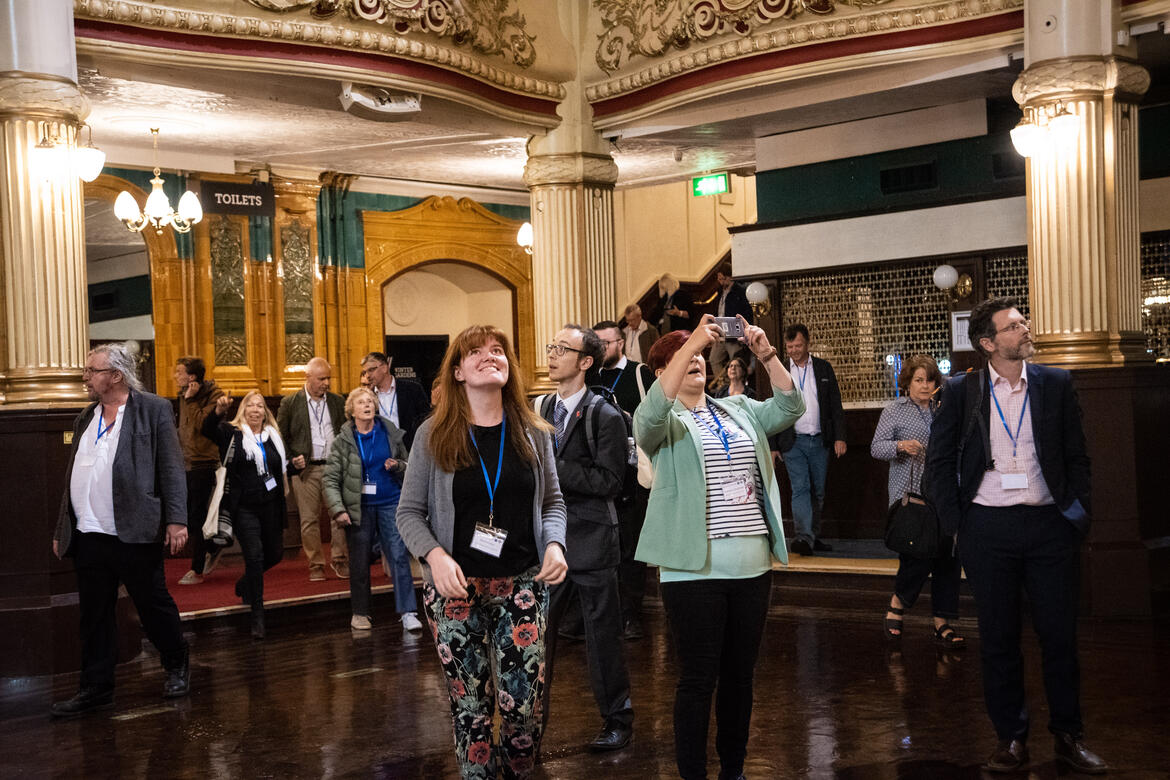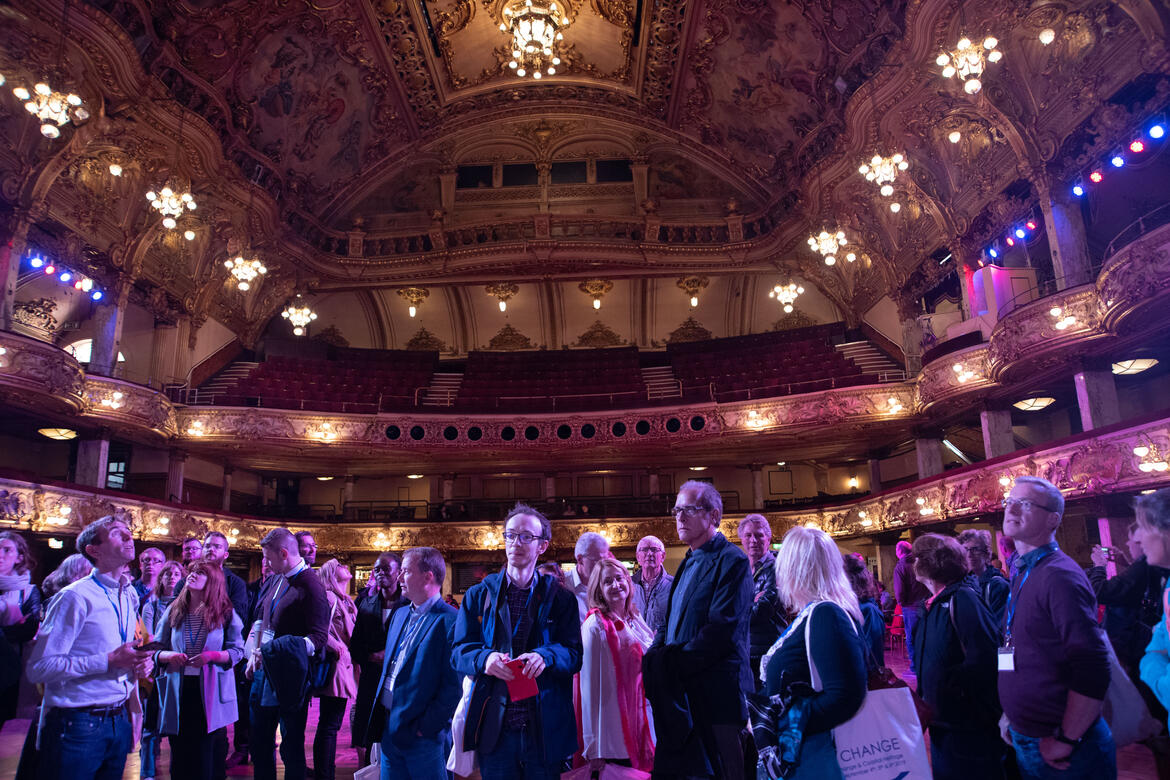Sea Change: Blackpool’s exposed piers act as canaries to climate change
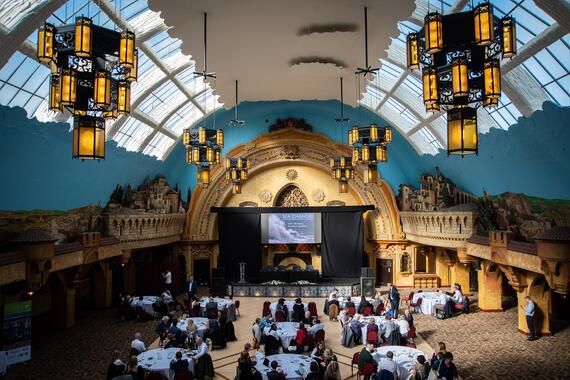
Blackpool’s piers stand exposed and look perilously fragile as the North Sea waves crash again and again against the Victorian structure. An appropriate reminder of the very immediate threat climate change poses to some of our most valuable coastal heritage that is quite literally falling into the sea.
World Monuments Fund, which featured the piers in the 2018 World Monuments Watch to raise awareness and broker solutions, joined with Blackpool Council to bring together a delegation of world experts in respective fields of conservation across architecture, tourism, academia and grass roots, as well as professional bodies to share best practices, showcase examples of heritage under threat, and offer up solutions.
As the apocryphal and appropriately historic story of King Cnut so ably demonstrated, it is clearly not possible to hold back the tide. Climate change has always altered our coastlines, as evidenced by the erosion and gradual disappearance of countless prehistoric promontory forts and archaeological sites on the coastal fringe of the UK alone, but the rate of change is rapidly accelerating, with significant losses predicted over the next century. In 1772 the light house at Orford Ness was two miles from the sea; now waves lap at its door.
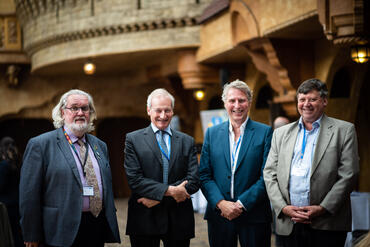
The Blackpool Sea Change conference, which included 60 presentations from 13 different countries, had three clear take-away messages:
As archaeologists, conservators and heritage professionals, many of the audience in the room were at the forefront of understanding that change is the story of the past, the only constant. And that heritage conservation can best be described as the “careful management of change.” As such we were well-placed to help explain future change, by imaginatively demonstrating what has happened in the past. This usefully addresses a commonly held perception that the heritage profession is about stopping change or “pickling in aspic.”
There are many solutions to the impact of climate change on coastal built heritage—from the traditional, such as building sea-defences and protecting against physical erosion, to managed retreat, which accepts and records loss. Hard solutions, however, are expensive, and the heritage cause needs to be combined with other needs to make a strong case. Increased loss is inevitable, and we need to be more honest and braver in telling that story. Most importantly we need to make decisions and to prioritise. The alternative is that the decision will be taken for us.
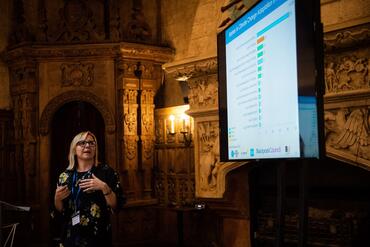
The heritage profession needs to work in partnership with others – both to share solutions and to ensure our voice is heard. A theme heard repeated throughout the conference was of the success of nature-based solutions in mitigating the impact of climate change, many of which had significant value for cultural heritage – the restoration of saltmarsh in the Venetian lagoon being an active example. Concepts such as “natural capital” are invaluable in making politicians, decision-makers and business leaders understand the financial benefits of investing in solutions to climate change: the same applies to cultural capital, which we need to explain better. Combining forces with others in the world of arts, culture, heritage and tourism was seen as an important step.
A final message was one of relevant engagement – involving local communities to help them understand the issues and care for their heritage, and adopting clear language and a values-based approach that understands people’s priorities. The use of art, photography and a range of innovative technologies, combined with a desire for true engagement (rather than consultation) were seen as essential pre-requisites for success.
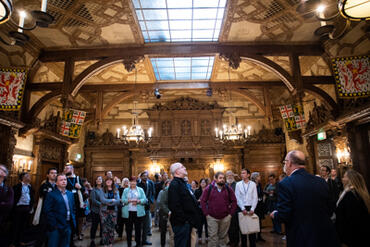
Next steps for World Monuments Fund, Blackpool Council and the other conference partners are to encourage participants and others to join The Climate Heritage Network, which launches on Oct 24th in Edinburgh. We are also exploring publishing the proceedings of the conference and developing a one-day version of the event which would act as a road-show for other coastal areas of the UK.


